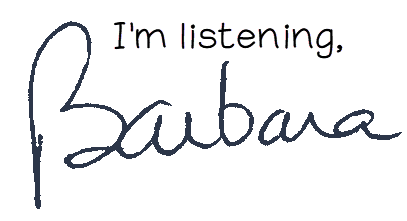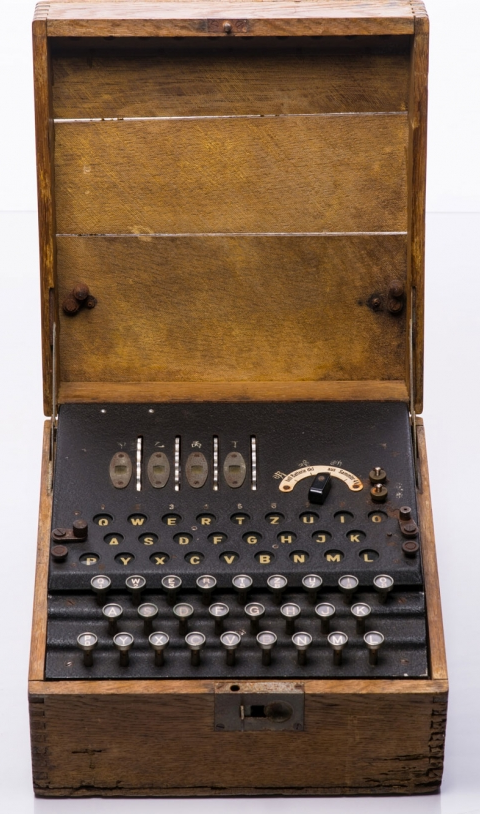
Early in 2024, Gini Dietrich created and published a revision to her iconic PESO Model on her blog Spin Sucks. At all of the universities where I teach as an adjunct professor, we have been using PESO Model for quite some time. I’m thrilled (yes, really) to share this revision with my students. Next week, I’ll have my Belmont University students enrolled in my Public Relations Writing II course dig into this refreshed model.
For a structured discussion in a Public Relations Writing course using the refreshed PESO model, each of four teams will focus on one component of the model — Paid, Earned, Shared or Owned — while also considering the model as a whole. Here’s a breakdown of how the discussion questions are structured for each team:
General Questions for All Teams:
- Integration Strategies: How can the PESO model integrate with traditional PR strategies to create a comprehensive media plan?
- Digital Impact: How has the rise of digital and social media reshaped the components of the PESO model?
- Future Evolution: Predict how the PESO model might evolve with the advancement of technology and changing media consumption habits.
Specific Questions for Each Team:
Team Paid Media:
- Trends in Paid Media: Discuss recent trends in paid media and how they affect the other elements of the PESO model.
- Effectiveness of Paid Media: How does paid media contribute to the overall goals of a PR campaign under the PESO model?
- Integration with Other Components: How can paid media be effectively integrated with earned, shared, and owned media?
Team Earned Media:
- Earning Trust: What tactics can be employed to increase trust and credibility through earned media?
- Challenges in Earned Media: What are some common challenges in utilizing earned media effectively, and how can these be overcome?
- Synergy with Other Media: How does earned media complement the efforts in paid, shared, and owned media?
Team Shared Media:
- Community Engagement: What are some best practices for using shared media to engage with a community or audience?
- Challenges in Shared Media: Discuss the challenges of maintaining brand consistency across various shared media platforms.
- Interaction with Other Media: How can shared media be used to amplify the effects of paid, earned, and owned media?
Team Owned Media:
- Content Strategy: How can owned media be optimized to improve SEO and overall brand presence online?
- Role of Owned Media in PESO: Discuss the strategic importance of owned media in the PESO model.
- Leveraging Owned for Other Media: How can owned media content be leveraged to enhance efforts in paid, earned, and shared media?
Be prepared to report back to the class. Each team will have 8-10 minutes. Each team member must speak (at least a little). Using images to help support your discussion is encouraged, but not required.
Each team will start off by tackling the general questions, giving everyone a solid grasp of the PESO model. Then, you’ll dig into their assigned media type—think trends, how it meshes with other media and all the dynamic interplays involved. This method not only broadens your understanding but also lets them specialize and really get into the nitty-gritty during their discussions.

NOTES
If you are a public relations educator and want to use or adapt this discussion for your own class, please feel free! I’d love to know how it goes.
The framework of this article and its discussion questions was inspired by ChatGPT.











